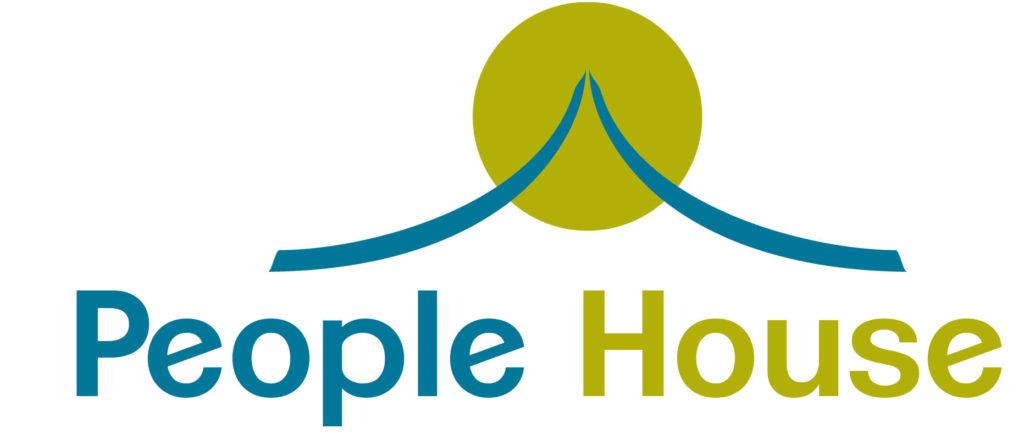Time to Turn Turtle! || By Rev. Mary Coday Edwards, MA
“Turned turtle” is an oft-used expression in Pakistan, where I lived and worked for eight years with my family.
Pakistan’s newspapers regularly reported on overcrowded buses that had “turned turtle” on dangerous and curved mountain roads where pass lines or guardrails rarely existed. The driver would lose control, and the bus would roll down the rocky and steep hillside.
Jeffrey J. Kripal, in his book, The Flip (1), uses the flip analogy to explain a reversal of perspective, a change in what one thinks about reality, one’s personal assumptions. It’s when your world picture has turned turtle—you’re on your back, upside down, and the world around you takes on a different perspective.
Humanity needs a flip. Our current way of seeing the natural world is killing our planet and, consequently, killing us.
From What, to What?
Characteristics of our non-sustainable economic status quo include:
- Infinite economic growth with no concern about the consequences
- Competition of free-market capitalism driven by self-interest and the accumulation of wealth by the very few of our species with little care for the natural environment in which it is embedded
- Irresponsible transportation systems dependent upon automobile and gasoline industries. We have freedom to pollute with no responsibility to whom we sicken or the ecosystems we destroy creating ribbons of concrete
Scientific Materialism Includes the Presumed Truth that Nothing is Real that Cannot be Established by the Scientific Method
The scientific method restricts an inquiry to objects or processes that can be measured—that is, measured by a third person. One of its “truths” is that not only is the universe composed of matter, it’s mindless matter—dead matter—which is how we justify our above-noted economic system. And here’s the rub: We are destroying our planet, our home, because of our unquestioning belief that scientific materialism is the only truth.
A materialist explanation isn’t wrong, it’s just incomplete. It consistently leaves out everything that it cannot explain, such as any subjective experiences.
To WHAT? A Worldview that Includes our Interconnectedness with Everything

A flip in one’s reality can be sudden or happen slowly—mine happened slowly, punctuated with “ah-ha!” moments. What truly flipped my world picture was quantum mechanics, in particular its interconnectedness as shown through what is now known as the EPR Effect, commonly referred to as entanglement. Empirical tests have shown that particles that have once interacted become entangled. They form an indivisible whole and cannot be treated as if they were separate (2).
When we harm the planet, we harm ourselves. When we pollute our streams, ground, air—we harm ourselves.
As conscious humans, we can reflect on our cherished beliefs—and change them. We don’t need to defend and preserve unjust social structures and practices.
Sit mindfully with some options I’ve listed below, and see if any resonate with you.
- The mystics of all religions speak of an interconnectedness, a oneness, with the cosmos. And it doesn’t have to be a religious mystical experience. My studies in quantum mechanics gave me the gift of knowing that joy of oneness, outside of any religion.
- Deep Ecology (3). Its basic premise is that humans are an intimate part of the larger ecosystem, and we should care for it as we would our own body. There is no external deity pronouncing commands or a moral system. Deep ecology is one of self-care.
- Dark, Green Religion (4). Taylor says that the natural world is sacred or meaningful in its own right. He disagrees with various sectors of established religions in their greening efforts, as these traditions still maintain that human beings are above nature and, therefore, have the divine right of dominion over nature.
- Panpsychism says that matter is alive and conscious. The world is awake all the way down. It’s an old tradition and recognized as the fundamental worldview of most indigenous cultures. It doesn’t mean panpsychism has all the answers to our planet’s woes. It’s a way of thinking that can set our imaginations free from slavish devotion to what’s destroying our planet.
Live “As-If”
Turn turtle. At a minimum, see the world as alive. Live with the “as-if” function. We can hang our actions on beliefs based on interconnectedness. Start there. We don’t need absolutes at this point—we need to see potentialities and possibilities—another implication of quantum mechanics.
This blog only asks that the reader use their creative imagination to think outside the status quo fed to us repeatedly by our politicians and CEOs. After all, they are the ones who financially benefit from the rest of us when we live as mindless consumers.
Notes & Sources:
- Kripal, Jeffrey J. The Flip: Epiphanies of Mind and the Future of Knowledge.
- For more details on these topics, see my book: To Travel Well, Travel Light: An Adventure Memoir of Living Abroad and Letting Go of Life’s Trappings: Material Possessions, Cultural Blinders, and a Patriarchal Christian Worldview (https://www.amazon.com/Travel-Well-Light-Possessions-Patriarchal/dp/B0B7QH8DQR). SBNR Press, 2022.
- Norwegian activist and philosopher Arne Næss coined the term deep ecology. He was a student of Mahatma Gandhi.
- Taylor, Born. Dark Green Religion: Nature Spirituality and the Planetary Future. University of California Press, 2009.
About the Author: Rev. Mary Coday Edwards is a Spiritual Growth Facilitator and People House Minister. A life-long student of spirituality, Mary spent almost 20 years living, working, and sojourning abroad in Asia, Southeast Asia, East Africa, and Latin America before finding her spiritual connection at People House and completing its Ministerial Program. Past studies include postgraduate studies from the University of South Africa in Theological Ethics/Ecological Justice, where she focused on the spiritual and physical interconnectedness of all things. With her MA in Environmental Studies from Boston University, abroad she worked and wrote on environmental sustainability issues at both global and local levels. In addition to working in refugee repatriation, she was an editor for international, English print, daily newspapers in Indonesia and Mexico.
